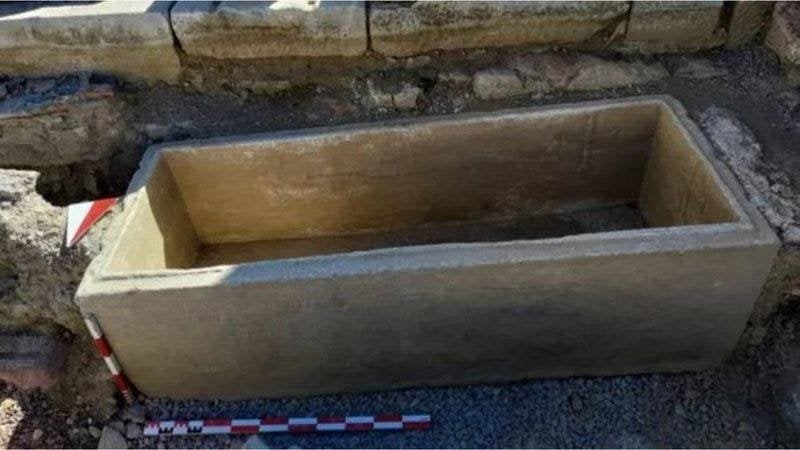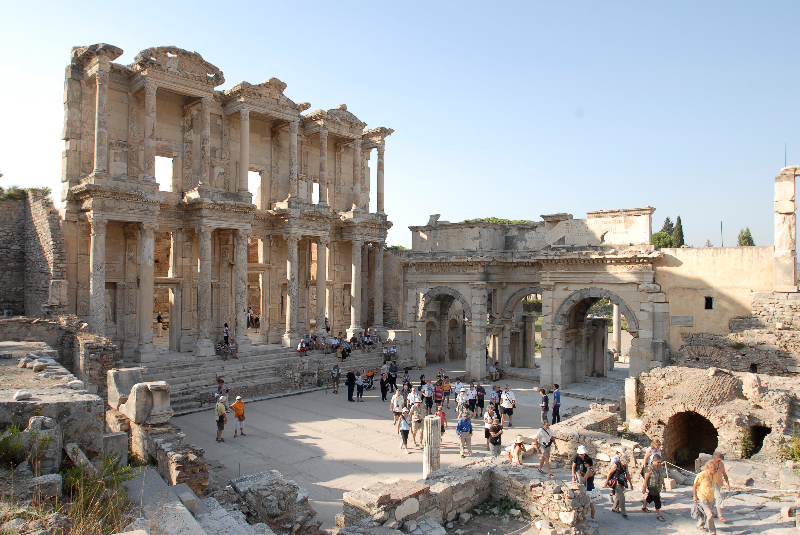Newly discovered tomb of Roman gladiator has just one thing missing – his corpse
Finding sheds more light on history of key ancient Mediterranean port city of Ephesus
A newly unearthed tomb of a Roman gladiator in Turkey contains the bones of 12 unidentified people but lacks his remains.
The find sheds more light on the history of a key ancient Mediterranean port city, researchers from the Turkish Ministry of Culture and Tourism said.
The tomb on the Ayasuluk Hill in Ephesus, Turkey, belonged to a gladiator from the third century named Euphrates but it was reused two centuries later as a “collective burial” for 12 men and women.
Ephesus was a Greek city in the Byzantine Empire.
“From the inscription on the tomb, we know that it was initially used for gladiators. The sarcophagus was built in the 3rd century CE,” archaeologist Sinan Mimaroglu from Hatay Mustafa Kemal University told Live Science.

Archaeologists suspect the buried individuals were likely members of the upper class or clergy based on the careful design of the tomb and the kinds of materials used to build it.
“It’s unlikely an ordinary person would be buried in such a meticulous manner within a church,” Dr Mimaroglu told Turkiye Today.
However, little is known about the gladiator and his life except his name, which is inscribed on the structure.
Researchers are currently assessing the engravings on the lid of the sarcophagus to better understand the gladiator and the period he lived in.

The burial site was later transformed into a wooden-roofed basilica and then into a domed church, researchers said.
Scientists found that a lid was added to the tomb around the eighth century as well as three cross reliefs dating to the fifth century.
There was a marble floor underneath, buried about 20cm beneath the basilica, a drainage system and several other tombs.

The latest discovery sheds more light on the history of the ancient city, thought to have been one of the largest and most important in the ancient Mediterranean world, according to UNESCO.
Its origins remain shrouded in mystery but archaeologists say it was ruled by a succession of conquerors, including the Persians and the Greeks.
Then under the Roman Republic, Ephesus became recognised as a “free” city and a hotspot of ancient East-West trade.
It was one of the most important Mediterranean harbours used for exporting products to Greece, Italy and the rest of Rome.
In later eras, the city became key to the expansion of Christianity, serving as a base from which St Paul launched many of his missions.
Join our commenting forum
Join thought-provoking conversations, follow other Independent readers and see their replies
Comments